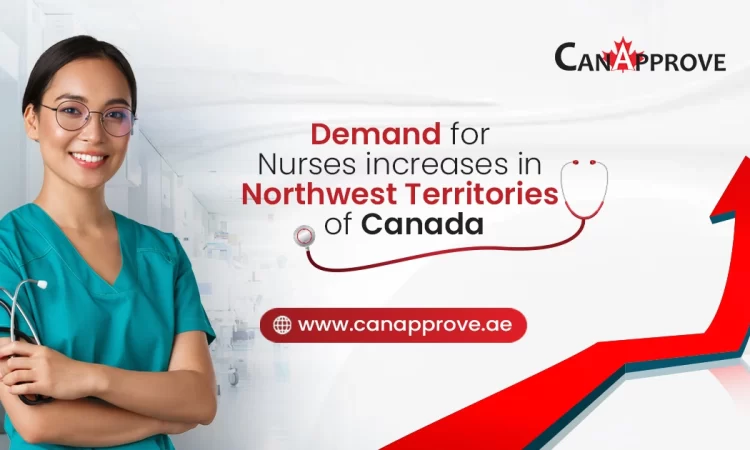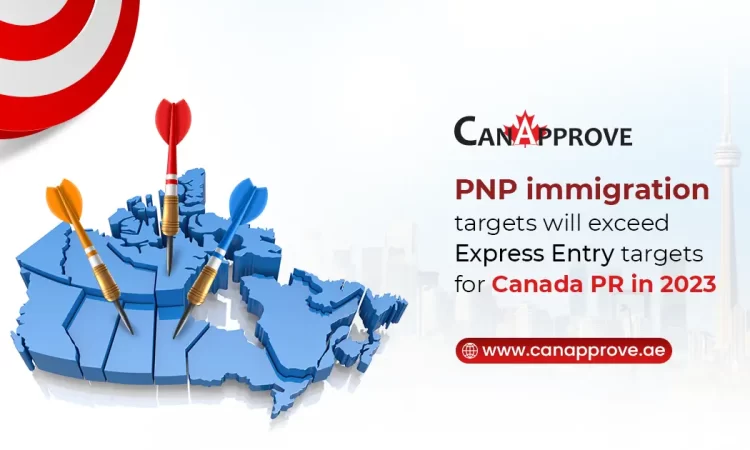Reports from public healthcare centers in Northwest Territories (NWT) including Yellowknife, Fort McPherson, Sachs Harbour, Fort Providence, Hay River Reserve, Fort Smith, Norman Wells, Tulita, Behchokǫ, and Fort Resolution, all point to the fact that Canada is experiencing a severe labor shortage.

Alarmingly, patient beds are being closed, while services at Medical clinics are reduced, and the emergency department is being supported by a practitioner.
In a press release about reducing capacities at The Stanton Territorial Hospital, Health and Social Services Minister Julie Green said, “Burnout caused by the COVID-19 pandemic has led to the resignation, retirement, or reduced work hours of many health professionals across the country and in the NWT.”
However, the labor shortages in Canada are opening up more opportunities for foreigners, especially in healthcare for the immigration of nurses to Canada.
Let’s focus on how you can plan for your Canadian immigration as a healthcare professional to Northwest Territories.
How Can Foreign Nurses Immigrate to Canada Through Northwest Territories Nominee Program?
Nurses from any foreign country can start their practice in Northwest Territories. Whether you work as a Community Health Nurse, Public Health Nurse, Home Care Nurse, or Hospital Nurse, the Northwest Territories of Canada will provide you with the best opportunities to challenge your skills.
The Northwest Territories Health and Social Services Authority, the Hay River Health and Social Services Authority, and the Tlicho Community Services Agency manage and deliver community and facility-based services for health care throughout the Northwest Territories.
To be part of healthcare services in NWT, you must have the required education and experience required for community health nursing or a hospital setting.
You will be added to the Government of the Northwest Territories casual employment list for recruiters to contact you based on your profile.
Further, eligible foreign nurses with a job offer from a Northwest Territories employer are invited to apply for Canadian permanent residence through one of the Employer Driven streams of the Northwest Territories Nomination Program (NTNP).
Northwest Territories Employer Driven stream includes the following streams:
- Northwest Territories Critical Impact Workers
- Northwest Territories Skilled Workers
- Northwest Territories Express Entry
Take this free assessment to determine your eligibility for Canada PR through Northwest Territories Nominee Program.
Eligibility for Registered Nurse (R.N.) in Northwest Territories
Find out the most basic eligibility requirements needed to work as a Registered nurse and registered psychiatric nurse (NOC 31301) in Northwest Territories.
- A university, or college program degree in registered nursing, or psychiatric nursing program.
- Additional certificate in academic training or practical experience in a specific area of nursing.
- Candidates are required to have a master’s or doctoral degree in nursing for job posts related to Nursing Specialists, Clinical Nurses, Nursing Consultants, and Nursing Researchers.
- Must be registered with the Registered Nurses Association of the Northwest Territories and Nunavut (RNANT/NU).
In a press release about reducing capacities at The Stanton Territorial Hospital, Minister Green said, “The health care field is highly competitive, and although the NWT offers a competitive wage and benefits package to its professionals, it is taking special targeted measures including additional incentives.”
To learn more about specific targeted measures and eligibility based on your work experience and academic qualification, please visit a certified immigration consultant like CanApprove.
CanApprove has been fulfilling the immigration dreams of several aspirants for the last 25 years and still counting! Book a free appointment with one of our immigration experts to plan your immigration as a nurse to Canada.










